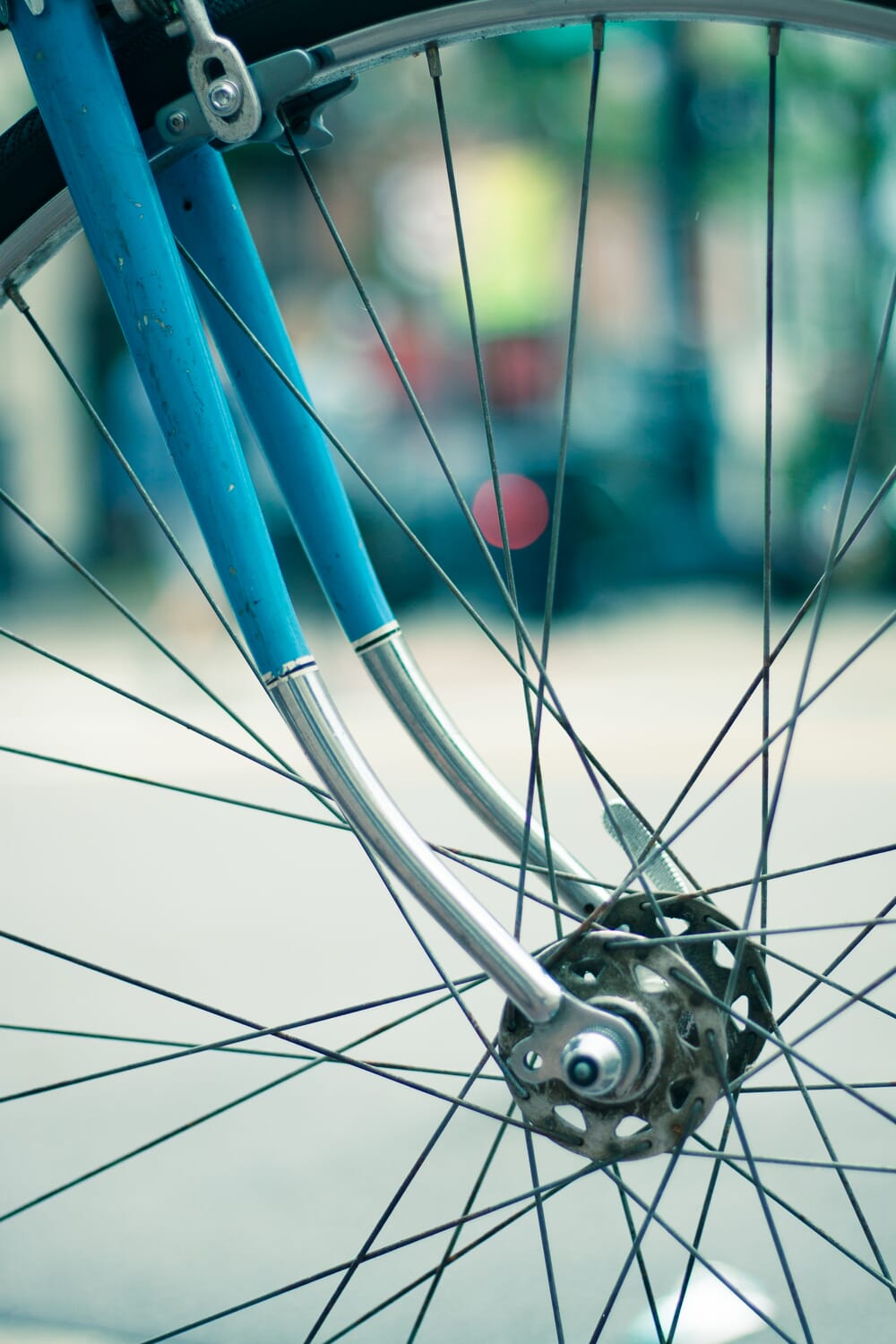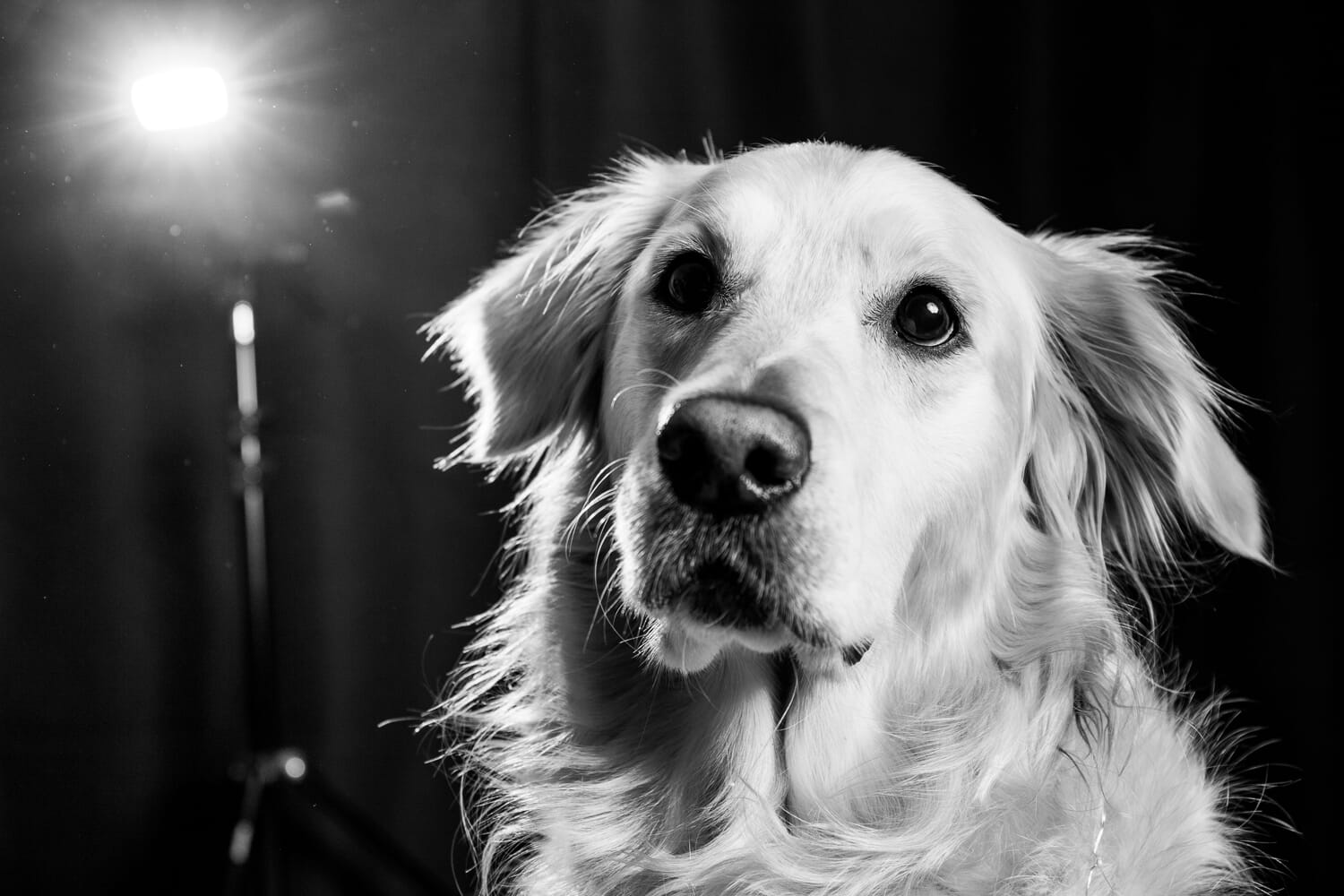If you’re struggling to understand your camera’s different autofocus modes, then this guide is exactly what you need.
I’m going to share with you everything you need to know about autofocus modes, including:
- The difference between autofocus modes and AF area modes
- The best autofocus modes for different situations
- The benefits of back-button autofocus
- Much more!
So…
If you’re ready to become an autofocus master and never struggle with AF again, let’s get started.
Autofocus Modes:
What Are Autofocus Modes?
Autofocus modes refer to the way your autofocus behaves when focusing on a subject.
To start out, it’s important to understand how autofocus generally works:
First, you half-press the shutter button.
This sends a signal to your camera to start acquiring focus.
Then, you fully depress the shutter button.
Your camera fires off a (hopefully focused) shot.
Now, autofocus modes tell the camera what it should do when you half-press the shutter button.
In other words:
Should the camera find focus as fast as possible, then stop focusing?
Or should the camera find focus, but then keep focusing as the scene changes?
That’s what autofocus modes are all about.
By the way, there’s another important mode:
Manual focus.
It’s not technically an autofocus mode, and so I don’t cover it in this article.
But manual focusing is an important technique to be familiar with, and it can be useful in a number of situations, so just know that it’s an option.
What Are the Common Autofocus Modes?
If autofocus modes tell the camera what to do when you half-press the shutter button, then what modes can you pick? And what do they do?
Generally speaking, there are two basic AF modes:
AF-S (also known as One-Shot AF and Single-Area AF), and AF-C (also known as Continuous AF and AI Servo).
There’s a third AF mode, called AF-A, also known as AI Focus, but it’s not found on all cameras and is more of an “auto” type mode (as I’ll discuss in a moment).
Now let’s take a look at each AF mode in turn:
AF-S
AF-S autofocus is often the default mode for photographers, because it works in a very simple way:
When you half-press the shutter button, it locks focus on the area under your AF point.
And then…
It stays locked, generally until you release the shutter button or take a photo.
In other words, once you half-press the shutter button and lock focus, that point of focus will not change, not even if you’re focusing on a bird that flies away or a car that moves off to the side.
The point of focus is locked.

This is in contrast to AF-C, as I discuss in the next section:
AF-C
AF-C is a more complex focusing mode. It works by continually attempting to acquire focus on your subject as long as you hold the shutter button down.
So once you half-press the shutter button, it starts acquiring focus. It might grab focus on a person, a rock, a wall, whatever.
And then, if the subject under the autofocus point moves forward or backward, your camera will change the focus point to follow.

Note that your camera may also change the focus point to follow a subject that’s moving through the frame, but that depends on the AF area mode (which I explain down the page).
AF-A
AF-A isn’t available on all cameras; it’s designed for photographers just starting out.
It basically shifts back and forth between AF-C and AF-S, depending whether your camera detects a moving subject or a still subject.
Personally, I don’t recommend using AF-A, because it just doesn’t give you the same level of control provided by AF-C or AF-S. With AF-A, you never know exactly what’s going to happen when you press the shutter button–because while your camera does an okay job of identifying whether you’re working with a moving subject or a still subject, it’s not perfect.
When Should You Use the Different AF Modes?
As I said above, I don’t really recommend working with AF-A.
But what about AF-S versus AF-C? When does it make sense to use these two modes?
It’s simple:
When you’re photographing still subjects, use AF-S.

And when you’re photographing moving subjects, use AF-C.

That way, you can use helpful techniques–such as focus-and-recompose, where you focus on your subject and then recompose the image–when you’re dealing with unmoving subjects…
…and you can track your subject throughout the frame when you’re dealing with moving subjects.
Make sense?
Now, what I’ve suggested, with AF-S for still subjects and AF-C for moving subjects, isn’t always going to work perfectly.
For instance, what if you’re dealing with a subject that is mostly still, but is occasionally moving, such as a bird foraging?
You’ll want to use AF-S for the moments when the bird is still, so you can lock focus and fire off a series of shots (plus, you’ll be able to lock focus and recompose if you need to).

But you’ll want AF-C for the moments when the bird starts moving, so you can be sure to get nice action shots.
Of course, you can always switch back and forth between the modes, but by the time you’ve done that, it might be too late.
Or you can use AF-A, but that mode just isn’t reliable enough for great results.
Here’s the answer:
Back-button autofocus.
What Is Back-Button Autofocus, and When Should You Use It?
Back-button autofocus, also known as back-button AF, is an alternative way of focusing with your camera.
Instead of focusing by half-pressing the shutter button…
You instead focus using a button on the back of your camera (the AF-ON button, or a button that says AE-L/AF-L).
Basically, you set up your camera so that it switches the AF trigger from a shutter half-press to pressing the button on the back of your camera.
What’s special about back-button AF is that it decouples the focusing mechanism from the shutter button.
So when you want to focus and track your subject, you can hold the AF button on the back while firing off shots–but then, as soon as you want to lock focus (if your subject stops moving), you can just stop holding the AF button.
The focus will stay as it is, and you’re free to keep shooting via the shutter button on the front.
Make sense?
For this reason, back-button AF is a common method for action photographers, street photographers, and wildlife photographers to focus (though different photographers do have different preferences).

What is AF Lock?
AF Lock is a setting offered on many cameras.
It allows you to autofocus normally, but then lock your point of focus, even if you release the shutter button.
It’s a decent method for holding your point of focus in a pinch (whether you’re shooting with AF-C or AF-S), but it’s not something that I recommend you use regularly. You’re better off locking your focus by half-pressing (and holding) the shutter button, or by switching to back-button AF.
What Are AF Area Modes?
AF area modes are the second main feature of autofocus systems.
Rather than telling the autofocus how to behave in a broad sense, AF area modes determine the spread of AF points and how they can be used.
Let me back up for a moment:
Autofocus points are simply points that can lock focus.
Points can be active or inactive.
So if you have an autofocus point in the center of the frame that’s active, and you half-press the shutter button, that center point will acquire focus on the object in that part of the frame.
But if the center point is inactive, then the autofocus system will ignore that point completely, and use a different (active) point to focus.
Now, the ideal situation would be for every point to be active, and for your camera to magically know exactly where you want to focus (and which autofocus points to use).
But that’s not how it works.
Instead, you have to indicate which AF points you want to use–or, at least, you have to tell your camera to pick the AF points, which doesn’t always turn out great.
That’s what the AF area modes are about:
Indicating which points to use, and how they should work.
Now, different camera systems offer different AF area modes, so there’s no common spread of options the way there is with basic autofocus modes.
But there are some commonalities, which I’ll share in the next section.
What Are the Common AF Area Modes?
Generally speaking, there are three key autofocus area modes that are present on most modern cameras.
These are the AF area modes you need to be aware of, because being able to quickly switch been area modes can be very useful when out shooting.
Single-Point
Single-point autofocus area mode is a pretty basic option.
You use the camera buttons or joystick to determine one AF point you want to activate.
And then your camera only focuses in that area.
Note that this is the most precise of the AF area modes, which is why it’s what I recommend when you’re able to take some time and be deliberate with your focusing.
A good strategy is to pick the centermost AF point, aim it at the part of the photo you want to be sharp, half-press the shutter button to lock focus, then recompose and take your shot.
By the way, there are also other single-point AF area modes; for instance, some cameras offer a mode that allows you to initially indicate which point you want to activate. But then, as your subject moves, surrounding AF points become active and you’re able to maintain focus on the subject.
Tracking
AF tracking algorithms are getting better and better, which means that tracking autofocus modes are becoming very popular.
In tracking modes, you can usually let your camera identify subjects in the frame (based on many features, including movement), or you can choose the initial focus point. Then your camera will do what it can to “stick” to the subject, even as it moves all around the frame and even (with more advanced cameras) behind objects.
AF tracking modes may also include some form of Eye AF, where the camera identifies and tracks an eye through the frame (which is very useful for portrait, pet, and wildlife photography).

I recommend using tracking modes whenever you’re faced with moving subjects of any sort, especially if your camera can handle complex movement. Tracking is a favorite among wildlife, bird, and sports photographers, because it allows for in-focus shots even as the subject dodges and weaves about the frame.
However, it’s worth noting that AF tracking isn’t as precise other focusing modes, and the reliance on the camera’s tracking algorithms can sometimes result in missed shots–especially if you’re shooting in tricky situations, such as backlight or low light.
Auto
Auto AF area modes work the way you’d expect:
You half-press the shutter button, and your camera decides where to focus.
In other words, you don’t have any control over the AF points; it’s all up to your camera.
In situations where you’re not dealing with moving subjects but you don’t have time to focus carefully, auto AF area modes are an okay option.
But they can’t predict what you want to focus on, which means that you’ll frequently end up focusing in a way that’s far different from what you wanted to achieve.
That’s why I generally recommend working with a single-point AF area mode when you have still subjects, and AF tracking when you have moving subjects.
Make sense?
Autofocus Modes: Conclusion
Now that you’ve finished this article, you should know all about the different autofocus modes, including back-button AF, AF Lock, AF area modes, and more.
And you should be able to confidently select the right focus mode for the right situation.
That way, you’ll consistently capture in-focus shots!

What are AF area modes?
AF area modes are ways of controlling your different autofocus points. They allow you to select individual autofocus points, or tell the camera to track your subject through different parts of the frame. It’s essential that you choose the right AF area mode for your shooting situation; that way, you can maximize the amount of shots that are in focus!
What’s AF-C versus AF-S?
AF-C is continuous autofocus, which means that it constantly acquires focus as you keep it active. Whereas AF-S is one-shot autofocus, which means that, when you half-press the shutter button, the focus becomes locked; it’s only when you release the shutter button that you can refocus again.
What’s the best autofocus mode?
There isn’t really one best autofocus mode; both AF-S and AF-C are good in different situations. AF-S is great for working with still subjects, because you can half-press the shutter button to focus, then carefully recompose and get the shot you want. Whereas AF-C is perfect for tracking moving subjects around the frame, because it tells the AF system to continuously acquire focus, even as you take photos.
What’s is back-button AF?
Back-button AF is an advanced method of autofocus, where you decouple the shutter button from its focusing mechanism, and instead only allow a button on the back of your camera (sometimes the AF-ON button) to activate your camera’s autofocus. That way, when you half-press the shutter button, nothing happens–you have to press the back button, and your camera will start to focus. This is useful because there are situations where you want to focus continuously, then quickly lock focus. With back-button AF, you can use AF-C to focus continuously, then let go of the focusing button the back of your camera, take a few photos, and keep the focus point locked in place! Neat, right?
What is AF Lock?
The AF Lock function works the way it sounds: It locks your point of focus, even once you’ve taken your finger off the shutter button. So if you’re photographing a subject that’s motionless, you could use the AF Lock function to maintain focus while you think about other compositional options, even after you’ve acquired focus (or taken a shot)!
Needs a discussion of Face Detection AF